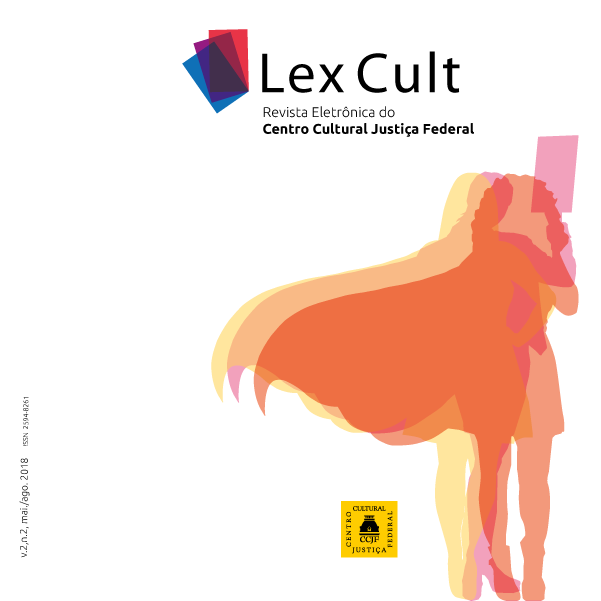A PRESENÇA FEMININA NA MARINHA DO BRASIL: UM OLHAR ATRAVÉS DAS CARACTERÍSTICAS DOS PROFISSIONAIS DO PROGRAMA DE ATENDIMENTO ESPECIAL
Resumo
As discussões trazidas nesse estudo estão inseridas em torno do debate da presença feminina nas Forças Armadas (FFAA) brasileiras, como profissionais militares. O trabalho busca apresentar aspectos presentes nesse processo a partir da análise do perfil de profissional e de gestores responsáveis pela normatização, coordenação, execução e fiscalização de um programa social desenvolvido pela Marinha do Brasil (MB): o Programa de Atendimento Especial (PAE). O Programa integra a política de assistência social da MB e seu atendimento volta-se aos dependentes do pessoal da MB (servidores civis e militares) com deficiência, com faixa etária acima de cinco anos. Trata-se de um estudo com uma abordagem metodológica de cunho qualitativo. Os instrumentos de coleta de dados foram a entrevista semiestruturada e a análise documental. Os resultados apontaram o predomínio de profissionais do sexo feminino (17 dos 22 profissionais) no desempenho das atividades do PAE, o que destoa da realidade da presença feminina na MB (9,96%em 2016). Acredita-se que tal fato se encontra intimamente relacionado ao processo de feminização das FFAA do país, iniciado pela MB em 1980, quando reproduziu-se, na ocasião, uma divisão sexual do trabalho, ancorada em características tradicionalmente atribuídas aos papéis sociais de homens e mulheres, demarcatórias de esferas diferenciadas de atuação laboral. Pois, São profissões associadas a dimensão do cuidado que preponderam na formação profissional dos sujeitos atuantes no PAE.
##plugins.generic.usageStats.downloads##

This work is licensed under a Creative Commons Attribution-NonCommercial-NoDerivatives 4.0 International License.
Autores mantém os direitos autorais e concedem à revista o direito de primeira publicação, com o trabalho simultaneamente licenciado sob a Creative Commons Attribution-NonCommercial-NoDerivatives 4.0 International License, que permite o compartilhamento do trabalho com reconhecimento da autoria do trabalho e publicação inicial nesta revista.
Autores têm autorização para assumir contratos adicionais separadamente, para distribuição não-exclusiva da versão do trabalho publicada nesta revista (ex.: publicar em repositório institucional ou como capítulo de livro), com reconhecimento de autoria e publicação inicial nesta revista.
Os autores declaram serem responsáveis pela originalidade, pelo ineditismo e pela atualidade de todo o conteúdo do artigo, mediante a referência completa de todas as fontes consultadas.
Cada autor concede à Revista LexCult permissão para avaliar, normalizar, editar e publicar o artigo submetido, de modo inédito.
Casos de plágio e autoplágio não serão aceitos sob nenhuma hipótese. O autor plagiário será suspenso por 5 (cinco) anos sem publicação na Revista LexCult.
É permitida a cópia, total ou parcial, de artigo publicado na Revista LexCult, desde que informada a fonte (autor e revista), sendo vedado o uso comercial e a produção e distribuição de trabalhos derivados. Caso seja verificada a quebra de exclusividade, a submissão será arquivada e o autor estará suspenso de publicar por 5 (cinco) anos na Revista LexCult, sem prejuízo das ações cíveis/penais previstas em lei.
O autor tem ciência de que:
a) a submissão poderá ser recusada caso o Conselho Editorial da Revista LexCult, responsável pela avaliação e seleção dos artigos, não considere pertinente a publicação, por quaisquer motivos, devidamente fundamentados;
b) os editores reservam-se o direito de modificar o texto da submissão - sem alteração de conteúdo - para normalizá-lo e adaptá-lo às normas de publicação.



